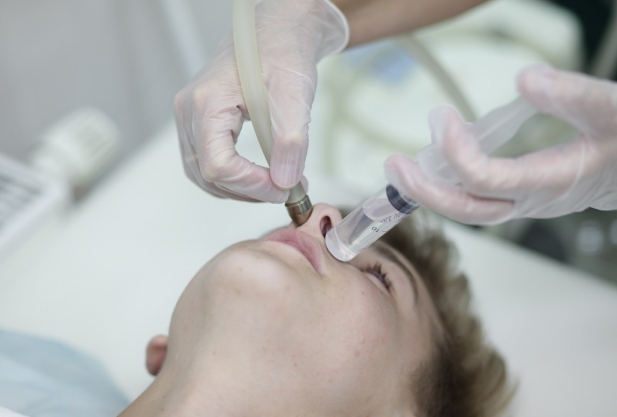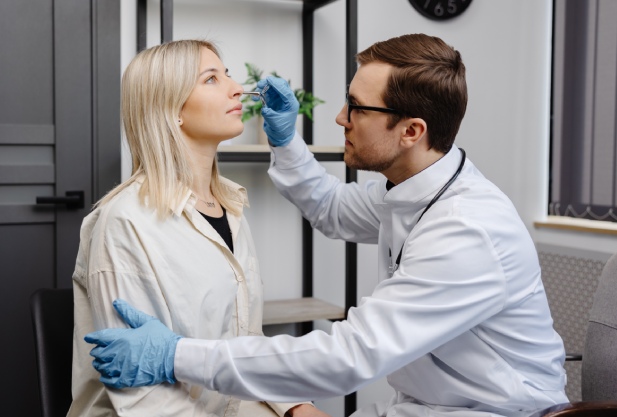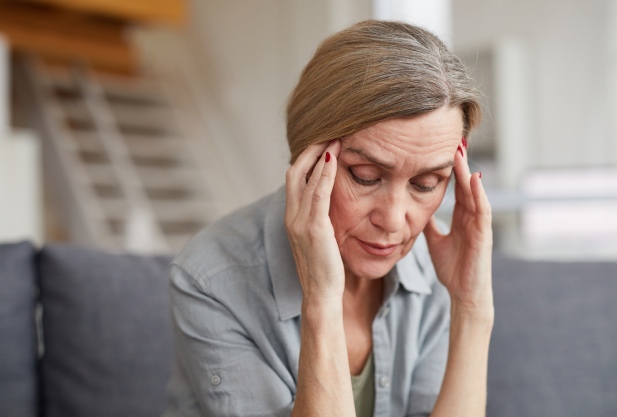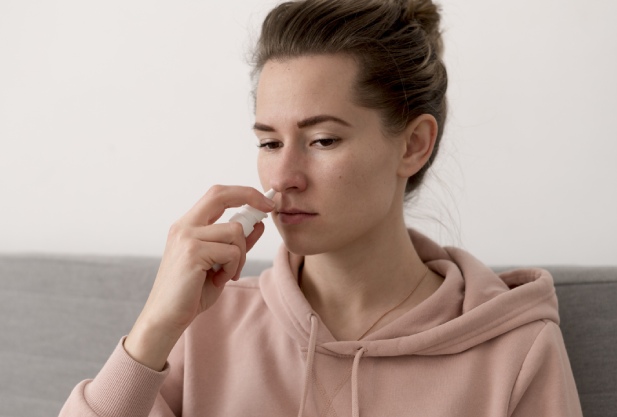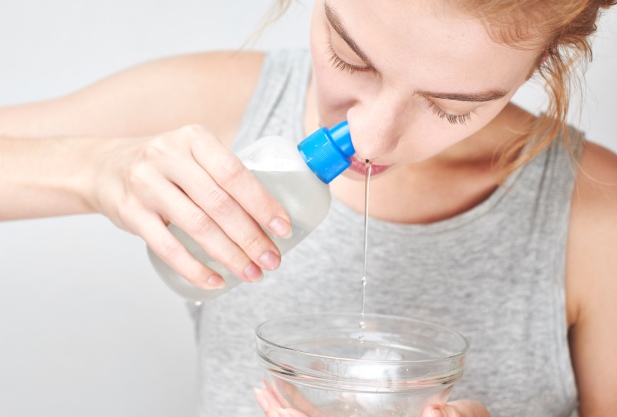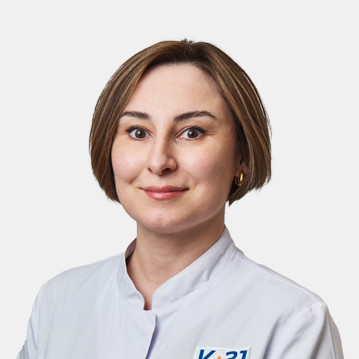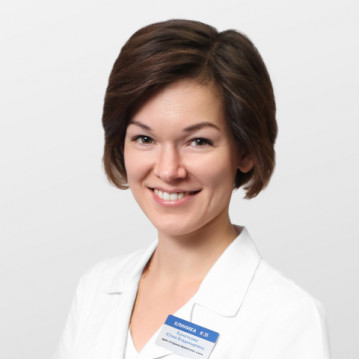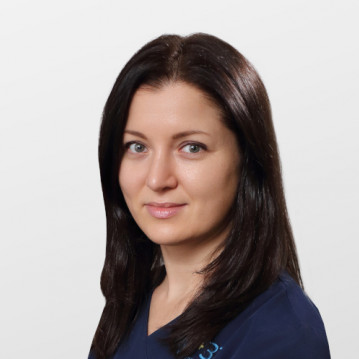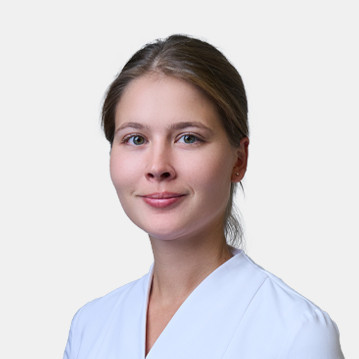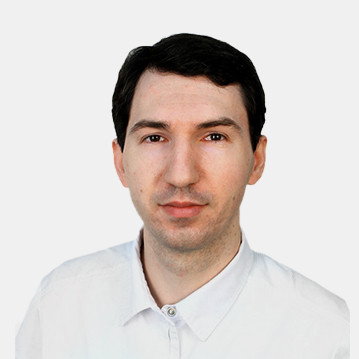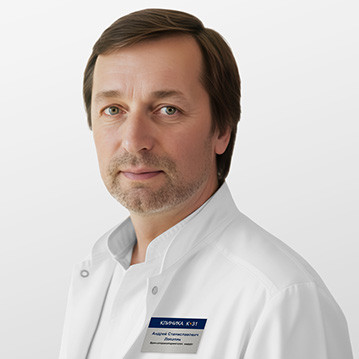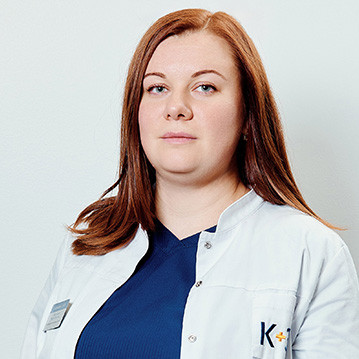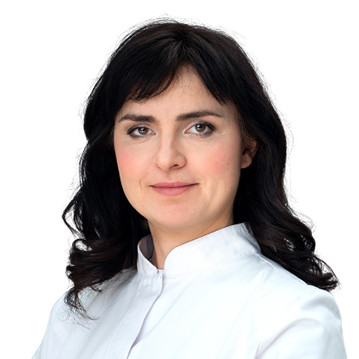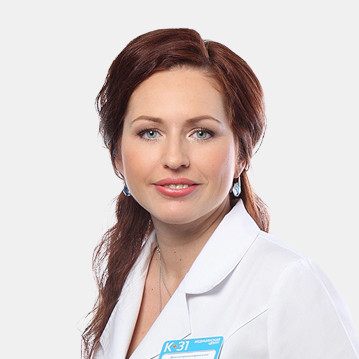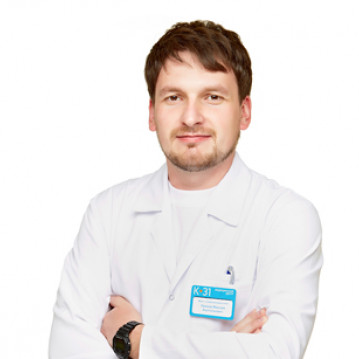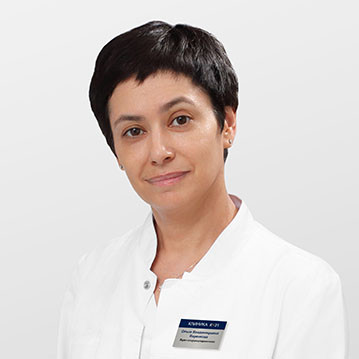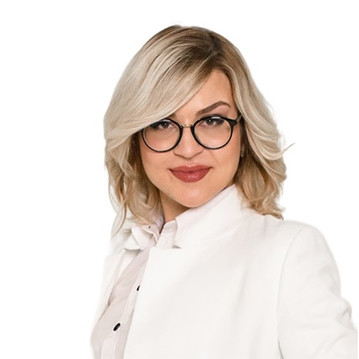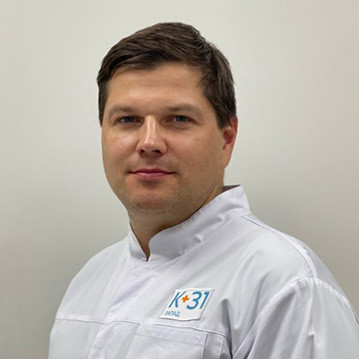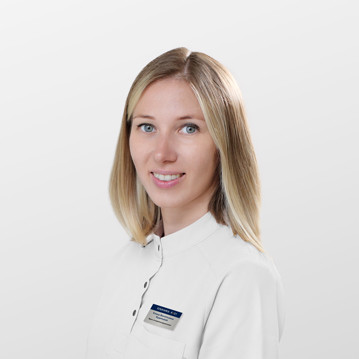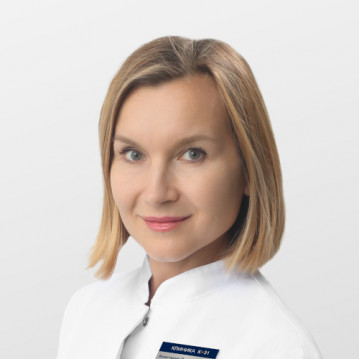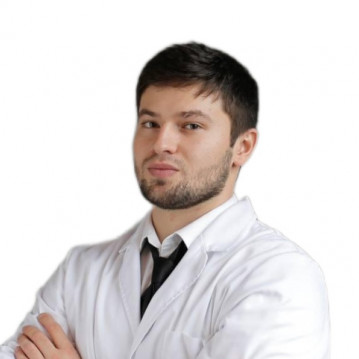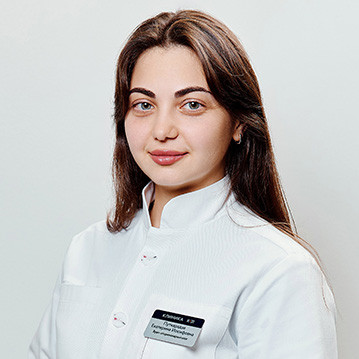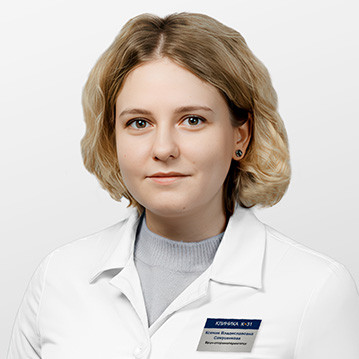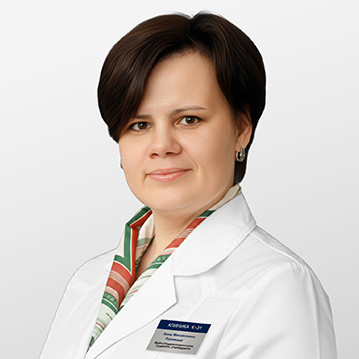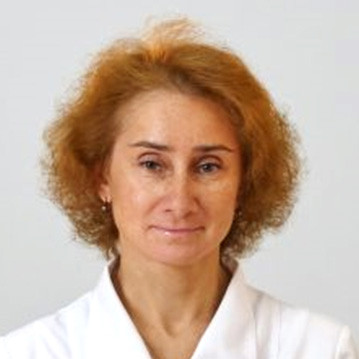Nasal rinsing

specialists

equipment

treatment
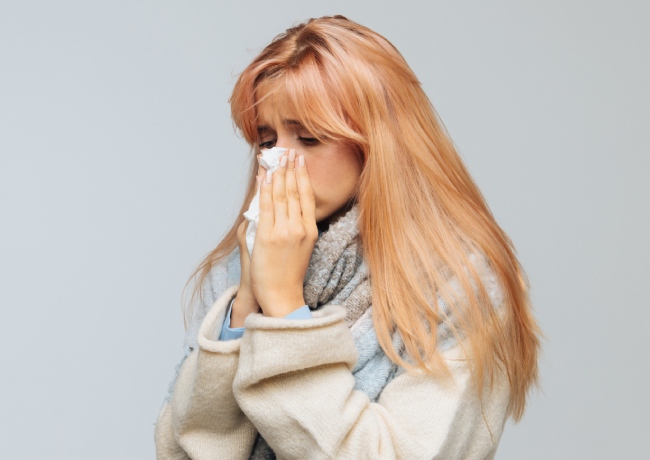
Rinning the sinuses is an effective method of treating and preventing infectious diseases.
Doctors prescribe this procedure in the following cases:
- For prolonged runny nose, when symptoms persist for more than two weeks
- Inflammation of the adenoids
- For acute forms of sinusitis, including sinusitis, sinusitis and others
- In the initial stages of chronic polypous rhinosinusitis
Also, cleansing the sinuses eases the course of allergic rhinitis and serves as an effective prevention of viral diseases during periods of increased morbidity.
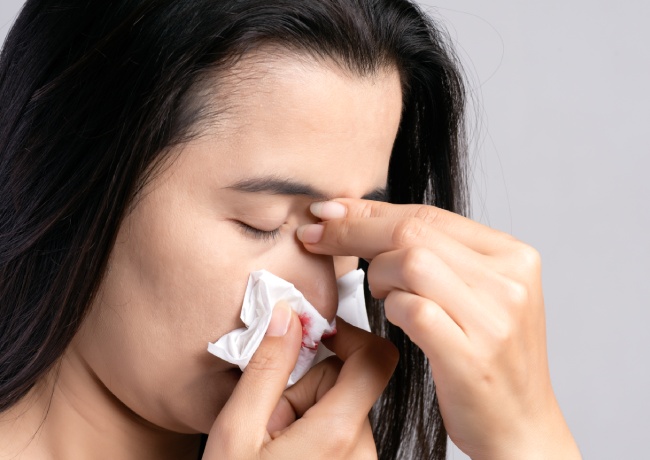
Despite the benefits of rinsing the sinuses, there are a number of contraindications for the procedure.
These include:
- Problems with blood coagulation
- Tendency to nosebleeds
- Acute period of chronic diseases
- Severe arterial hypertension
- Anatomical features of the structure of the nose (complete blockage of the passages due to polyps, significant curvature of the nasal septum or chronic rhinitis with thickening of the mucous membrane)
- Epilepsy or serious mental disorders
- Decompensated diabetes mellitus
Sinus rinsing is also contraindicated for children under 3 years of age.
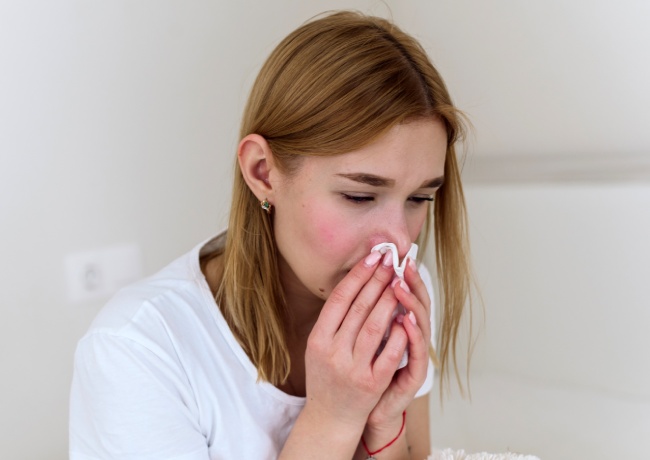
Sinusitis is characterized by the following symptoms:
- Nasal congestion and difficulty breathing through the nose
- Pain and pressure in the cheeks, forehead, between the eyes
- Green or yellow nasal discharge
- Deterioration of smell
- Headache
- General malaise
- Fatigue
- Increased body temperature
- Pain in the upper jaw and teeth
With a complicated course of sinusitis, the infection spreads to the surrounding tissues, including the orbit of the eye, which leads to orbital cellulitis, as well as inflammation of the meninges - meningitis. In rare cases, a brain abscess may form.
Methods for rinsing the sinuses for sinusitis
"Cuckoo" method
The “Cuckoo” method is a common technique for cleaning the nasal passages, performed by an otorhinolaryngologist with an assistant. Before starting the procedure, the nasal mucosa is treated with vasoconstrictor drops (Nazol, Naphthyzin) to reduce swelling. If the patient is highly sensitive to medical manipulations, local anesthetics (novocaine, lidocaine) are used.
Before rinsing the sinuses, the patient assumes a lying position with his head slightly tilted back. A warm antiseptic (furacilin, miramistin) is injected through one nostril, and mucus is removed from the second nasal passage using a vacuum aspirator. Then the actions are repeated with the other nostril. During the procedure, the patient says “ku-ku,” which helps isolate the nasopharynx and prevent the solution from entering the mouth.
Balloon sinuplasty
Balloon sinuplasty is a minimally invasive procedure used to restore normal ventilation and drainage of the sinuses in cases of chronic sinusitis, including sinusitis. During the procedure, a flexible catheter with a microscopic balloon at the end is inserted through the nasal passage into the sinuses.
Once the balloon reaches the blocked area of the sinus, it is inflated, causing the narrow or blocked passages to widen. This facilitates the natural outflow of sinus secretions and improves sinus ventilation. After widening the passages, the balloon is carefully removed, and the patency of the sinuses is noticeably improved.
Prevention of sinusitis
To prevent the development of sinusitis, it is important to adhere to several basic rules:
Regular examinations with an otolaryngologist will help to promptly identify and treat possible viral diseases.
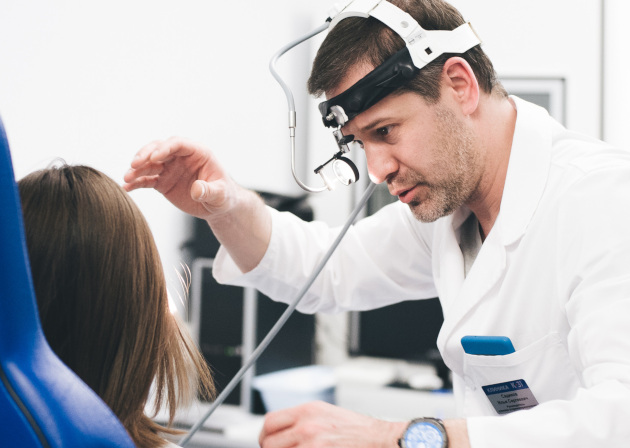
How is an appointment with an otolaryngologist at K+31?
Our doctors
Make an appointment at a convenient time on the nearest date

This award is given to clinics with the highest ratings according to user ratings, a large number of requests from this site, and in the absence of critical violations.

This award is given to clinics with the highest ratings according to user ratings. It means that the place is known, loved, and definitely worth visiting.

The ProDoctors portal collected 500 thousand reviews, compiled a rating of doctors based on them and awarded the best. We are proud that our doctors are among those awarded.
Price

